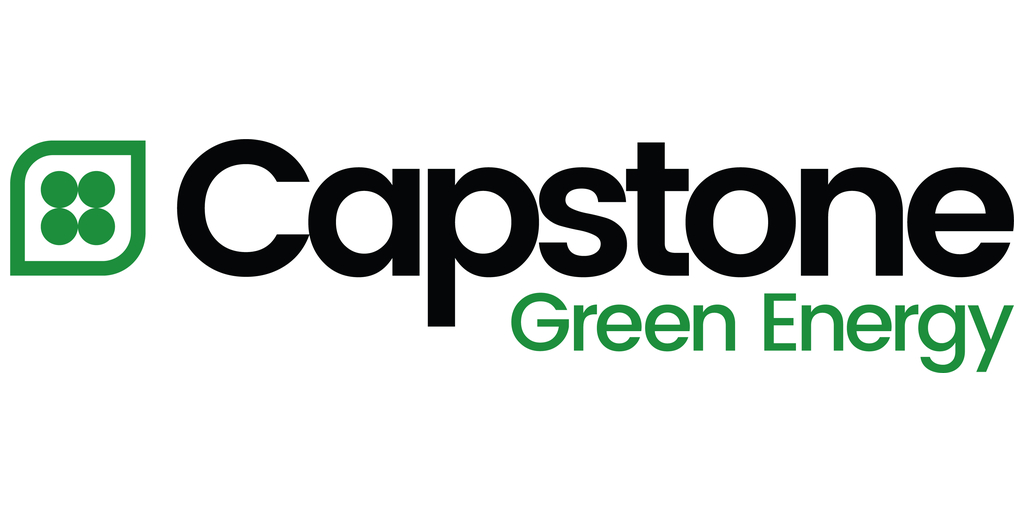Sign up for daily news updates from CleanTechnica on email. Or follow us on Google News!
As snow blankets much of the country, avid skiers and snowboarders are eager to hit the slopes and enjoy fresh powder. These mountain snowpacks may be great fun for winter sports enthusiasts, but they also play a crucial role in meeting our water and energy needs.
The amount of snow that accumulates each year—as well as how much it melts and when—impacts the headwaters of major rivers. These, in turn, are critically important to our sources of drinking and irrigation water, as well as to hydroelectric power production. For example, in the Northwest, snowmelt accounts for upward of 70 percent of our water supply.
While research has shown that global warming is leading to a decline in snowpacks with potentially serious impacts on water and energy, a recent study by the Department of Energy’s Pacific Northwest National Laboratory suggests the news may not be as grim as originally thought. One of the reasons: expectations for cleaner snow.
In this study, climate scientists considered several factors that individually and collectively impact snowpack. While it is obvious that warming temperatures will lead to faster melting or precipitation that falls as rain instead of snow, other factors matter, too. In particular, the study showed that pollution and dust that create “dirty” snow play key roles, as well.
Clean, white snow reflects an estimated 80 to 90 percent of sunlight. On the other hand, dirty snow containing particles known as black carbon absorbs more sunlight, which causes it to melt more quickly. Scientists used a model that incorporates various snow processes and projected that—under certain energy usage scenarios—the dark, carbon-based particles caused by pollution would decrease between now and 2100 while those caused by blowing dust would increase.

The scientists ran numerous simulations to predict the impact of this generally cleaner snow and found that it helped offset the loss of snowpack caused by increasing temperatures. In their best-case scenario, they estimated that significant curtailing of carbon dioxide emissions would still result in loss of snowpack, but the cleaner snow cut that loss in half.
In addition to predicting this potential for brighter, whiter snow, PNNL researchers also improved their ability to predict how quickly snow will melt. This effort focused on the different sizes and shapes of snow grains. Although most of us envision the classic snowflake shape (called the Koch snowflake), snow grains can be round like pellets, elongated like grains of rice, or flat and hexagonal. Moreover, their shape can change as snow melts, refreezes or is compressed—and the shape makes a difference in how the snow behaves.
To simplify things, many climate models assume all snow grains are uniformly spherical. If this were true, they would absorb more sunlight and melt faster than the actual snow grains packed on the ground. Through this study, researchers more accurately accounted for the reflective properties of snow (known as snow albedo) by incorporating more realistic representations of irregular snow grains into sophisticated Earth system models. They also compared the impact of dark particles on the surface of snow grains versus embedded in them.
This PNNL research is novel because it considered factors such as dust, pollution, rising temperatures and the different shapes of snow grains together. By taking this holistic approach, scientists were able to show that, while the snowpack will continue to decrease due to warming, other factors are offsetting the impacts captured in original projections and offer a glimmer of hope.
So, the next time you are playing in the snow—or shoveling your driveway—take a moment to ponder the snow grains as they fall. Are they clean or dirty? Regardless, know that PNNL scientists are studying them in exquisite detail so that we might better understand our future climate.
News item courtesy of PNNL. By Steven Ashby, Ph.D., PNNL, Originally Published in the Tri-City Herald on January 22, 2024
Steven Ashby, director of Pacific Northwest National Laboratory, writes this column monthly. To read previous Director’s Columns, please visit our Director’s Column Archive.
Have a tip for CleanTechnica? Want to advertise? Want to suggest a guest for our CleanTech Talk podcast? Contact us here.
Latest CleanTechnica TV Video
I don’t like paywalls. You don’t like paywalls. Who likes paywalls? Here at CleanTechnica, we implemented a limited paywall for a while, but it always felt wrong — and it was always tough to decide what we should put behind there. In theory, your most exclusive and best content goes behind a paywall. But then fewer people read it!! So, we’ve decided to completely nix paywalls here at CleanTechnica. But…
Thank you!
CleanTechnica uses affiliate links. See our policy here.




